Our steam locos
No.2 ‘Katie‘ is an 0-6-0 well tank built by Arn Jung of Jungenthal, Germany, in 1931 (works number 3872) and spent its entire working life in the Cameroons in West Africa. There, it worked for the Westafrikanische Pflanzungsgesellschaft Viktoria on a 48km long system serving banana, palm oil, cocoa, timber and tea plantations. Brought to England for preservation in 1973, it was acquired for Bredgar in 1980; an interesting feature is the lack of flanges on the centre pair of driving wheels, enabling very tight curves to be negotiated.
In 2021/2 a number of water leaks were apparent in the storage tank located below the boiler barrel. When it came up for its 10 year inspection and certification we stripped it down completely. The issue with the water tank was corrosion on the top plate which is riveted onto the frame, which provides the sides of the tank. A number of tubes also go through the tank which were also leaking. a serious amount of cleaning and rust removal took place followed by some high quality painting! The boiler itself was thoroughly cleaned and checked. The valves, cocks and gauges checked and overhauled as required. Once the running gear, cylinders, pistons, flanges and seals had all been checked and overhauled as necessary, the task of putting it back together commenced. The footplate was in a poor condition and was renewed along with the brake mechanics. The cab and coal bunkers were installed in the spring of 2025 and it passed the full inspection and test in May 2025. We met our aim of having it back in full operation for 1st June 2025 event day.
This will be in steam pulling Christmas trains 2025
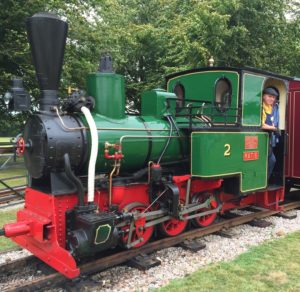
In 1870 the Hunslet Engine Co. Ltd. of Leeds constructed their first narrow gauge engine ‘Dinorwic’, a diminutive 1ft 10 3/4in (578mm) gauge 0-4-0 saddle tank for the Dinorwic Slate Quarry at Llanberis. It was the first of twenty similar engines built for this quarry and did much to establish Hunslet as a major builder of quarry engines.
‘Lady Joan’ was one of two locomotives built in 1922 (works No. 1429) to a new design known as the ‘Port Class’, specifically for shunting at Port Dinorwic on the Menai Straits.
Originally designated ‘No 1’ it was named ‘Lady Joan’ in 1930 and then reverted to ‘No l’ in the 1950s. In 1961 the engine was modified at Gilfach Ddu workshops at Llanberis for use within the quarry. The work included removal of the cab, fitting wooden dumb buffers, removal of the handrail around the chimney and restoration of the standard chimney (a 12 inch taller one had been fitted at some time before this). In 1967 it was sold for preservation and worked a number of locations including Woburn Abbey and Whipsnade Zoo. It is now privately owned and kept at the BWLR and it is a frequent performer on open days.
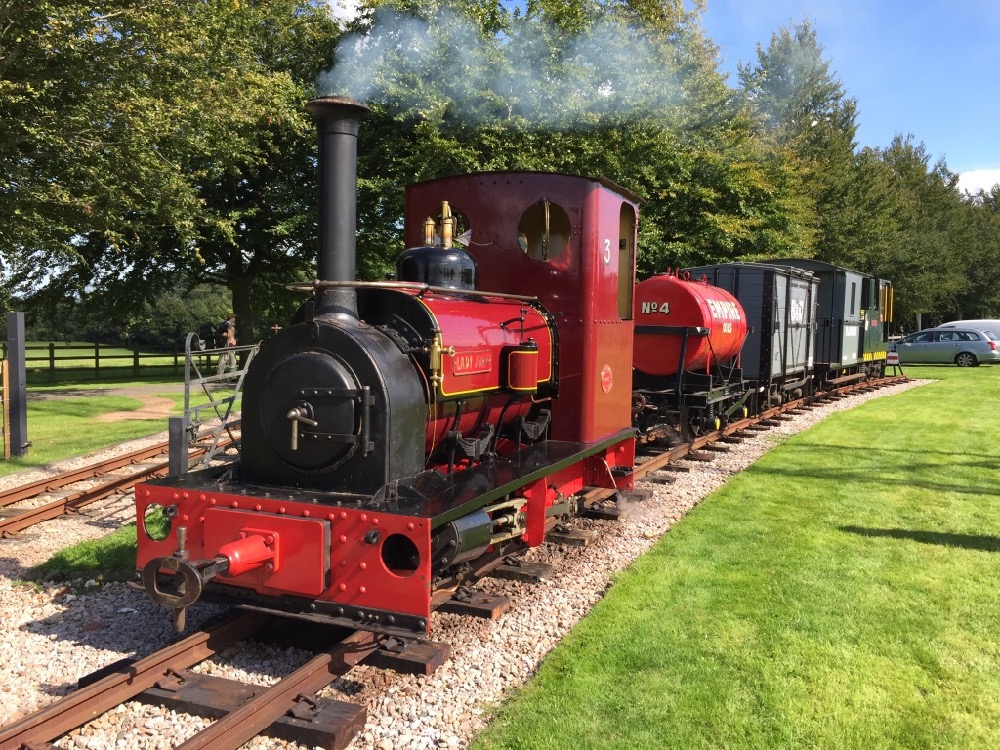
Bagnall locomotive “No 4 Armistice” of 1919 has been acquired by Rob Ellis of Bressingham Steam Museum, is being transferred to the Norfolk museum from the Bredgar and Wormshill Light Railway on Saturday 29th November 2025.
Armistice was ordered for the Ministry of Munitions in 1918, but completed after the end of the Great War and delivered instead to the Tame and Rea Water Board near Birmingham. After passing through several owners from the 1960s, the locomotive arrived at Bredgar in the 1991 and resided there until 2025. The ten year boiler certificate for this locomotive expired in 2025 and will require some work to bring it back into steam.
Rob Ellis stated “I am delighted to be able to acquire Armistice and bring her to live at Bressingham. Our intention is to take her through the ten-yearly overhaul and move her to the operating roster in 2026. Bressingham Steam Museum and the Bredgar and Wormshill Light Railway have a lot of history together and this is not the first time locomotives have moved between sites! Our relationship has strengthened over recent years including visits to the 2025 Bressingham Gala by BWLR locomotives Bicknor and Eigau.”
No.4 ‘Armistice’ was built by Bagnall of Stafford in 1919 (works number 2088). One of a batch of six 0-4-0 saddle tanks ordered by the British government to assist in the war effort. It is a standard Bagnall 30 HP machine with bullhead (marine) firebox, 6” x 9” cylinders, weighing in at around 5 1/2 tonnes. The war was over by the time it was completed and the loco went to the sewage works at Minworth, Warwickshire run by the Birmingham, Tame and Rea District Drainage Board.
Retired in 1961 the locomotive spent several years in private preservation and was renamed ‘Lady Luxborough’. It was moved to Bredgar in 1991 where it reverted to its original name. Extensive rebuilding was necessary before it entered service here in 1992. Ask the driver if you can take a close look at the boiler – you will see it has an unusual type of firebox.
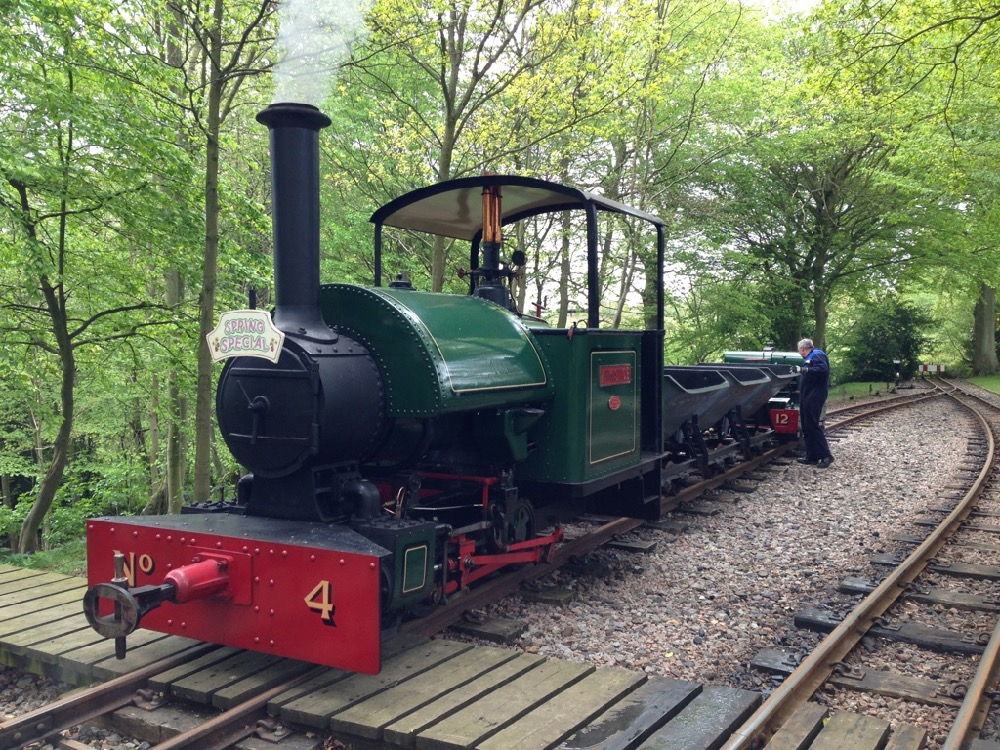
No.6 ‘Eigiau’, originally named ‘Sunlight’, is an 0-4-0 well tank, built by Orentstein & Koppel of Berlin in 1912 (works number 5668) for Mr.CL Warren, a Cheshire contractor – one of very few steam locos built overseas for industrial service in the U.K. It was bought for the construction of the garden village at Port Sunlight on the Wirral and when work there ceased during the First World War, it was sold for use in building Cowlyd reservoir in the mountains north of Capel Curig in north Wales. Here it was renamed ‘Eigiau’ after a nearby lake. In 1928 it moved to Penryhn Quarry, the huge opencast pit at Bethesda which was the largest producer of slate in Wales. ‘Eigiau’ worked here until 1949, was bought for preservation in 1963 and ran at Bressingham Gardens for many years before moving to Bredgar in 1995.
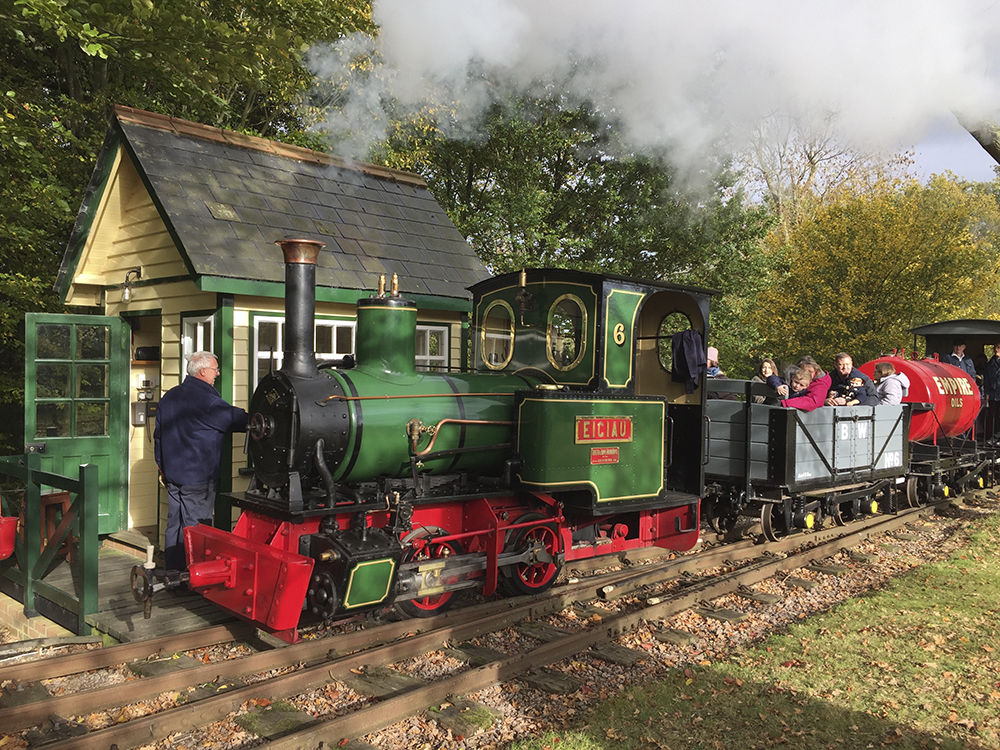
French farmer and engineer Paul Decauville owned a large estate at Petit Bourg near Paris where he grew sugar beet. In 1875 Decauville devised a portable narrow gauge railway system to assist with the harvest. Following the success of the railway he marketed his system throughout the world for use on plantations and estates. In 1882 Decauville started to manufacture locomotives at Petit Bourg. In 1897 he built two 0-4-2 tank locomotives works numbers 246 and 247, which were shipped to Queensland for use in the rapidly developing sugar industry. Named ‘Victory’ in 1897, No.246 first worked at lnvicta Mill near Bundaberg which had been built for the sugar pioneer Frederick Buss. ‘Frenchy’ as the engine became known, worked at two other mills before it was retired in the 1940s. After being bought by an Australian enthusiast No.246 went on to work at a theme park in Canberra. ‘Victory’ came to Bredgar in 1996 where it underwent an extensive rebuild including a new boiler before returning to use in 2006.
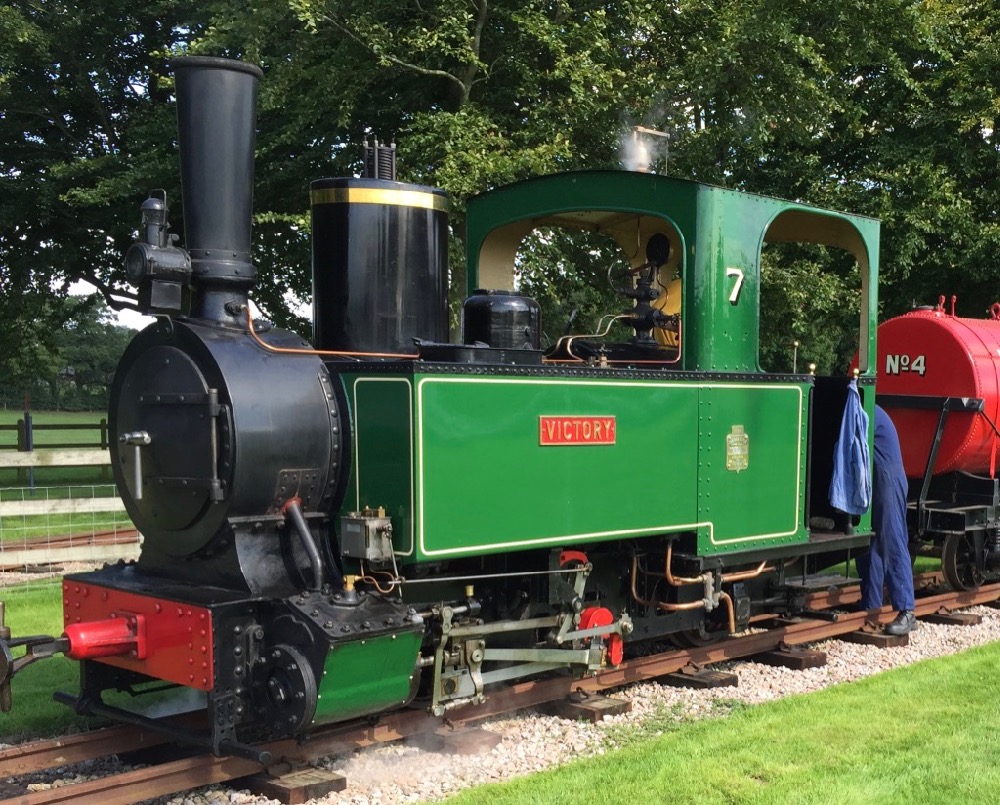
‘Helga’ is an 0-4-0 well tank built by Orenstein & Koppell of Berlin, in 1936 (works no. 12722). It was owned by Carl Brandt, a contracting company in Bremen and worked on a number of large construction sites in North Germany until 1957. This powerful 0-4-0 was rescued from Bremen, by the late Alan Bloom in 1969 for use on his Nursery railway at Bressingham in Norfolk. The long wheelbase and overall weight of the loco proved a problem at Bressingham so it was relegated to reserve engine and only saw service occasionally.
In 1973 it was sold to the Brecon Mountain Railway in Wales where the running gear was overhauled. In 1999 the loco was purchased by the BWLR, arriving here as a large semi complete kit of parts, but without a complete boiler. A new boiler was constructed and the loco returned to service in 2011.
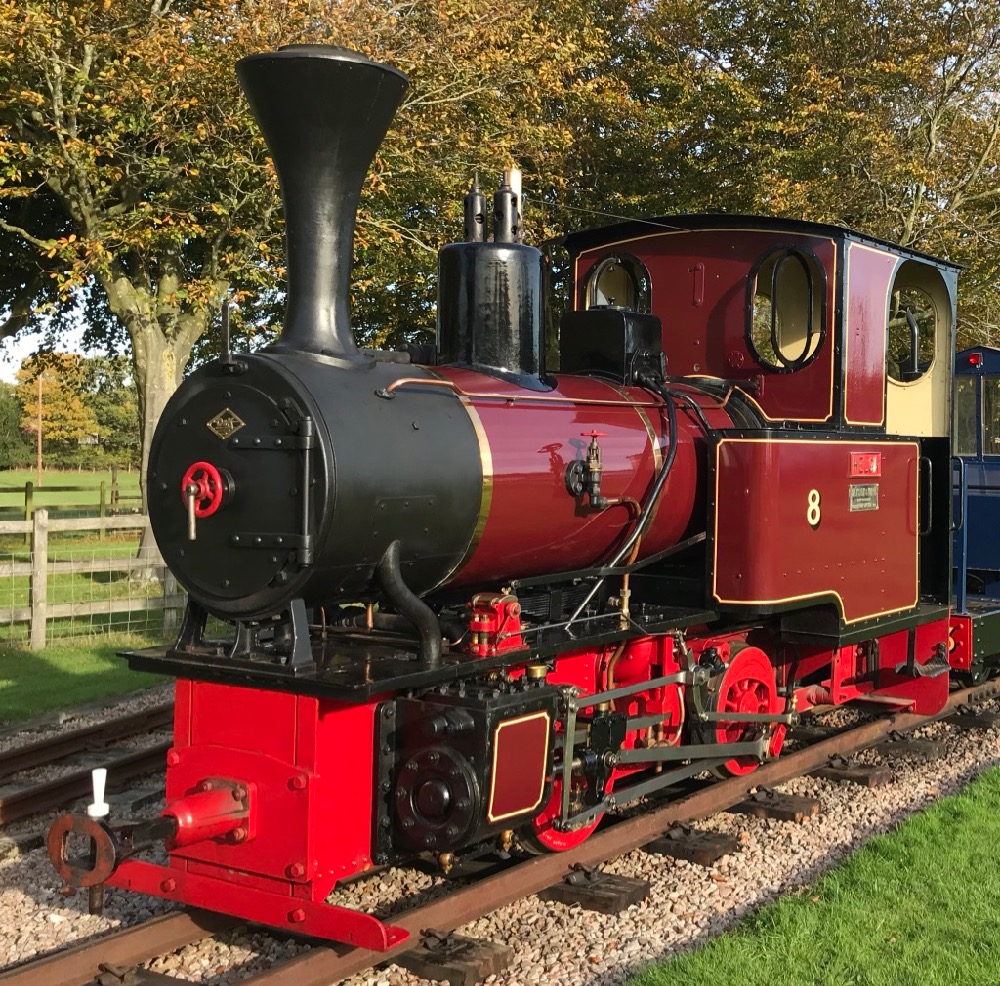
No.9 ‘Limpopo’ is an 0-6-0T with both well and side tanks and was built by John Fowler & Co. (Leeds) Ltd. in 1930 (works No.18800) for Wigglesworth & Co. Ltd., a British company for their sisal estate at Namagoa in the north of Mozambique. It moved south and for many years worked at the Sena Sugar Estates. The civil war in Mozambique in the 1970s brought an end to the sugar industry but it was not until 1998 that ‘Limpopo’ returned to the U.K. for a complete rebuild. It returned to active service in 2003 and was named ‘Limpopo’ after the great African river which reaches the sea in Mozambique.
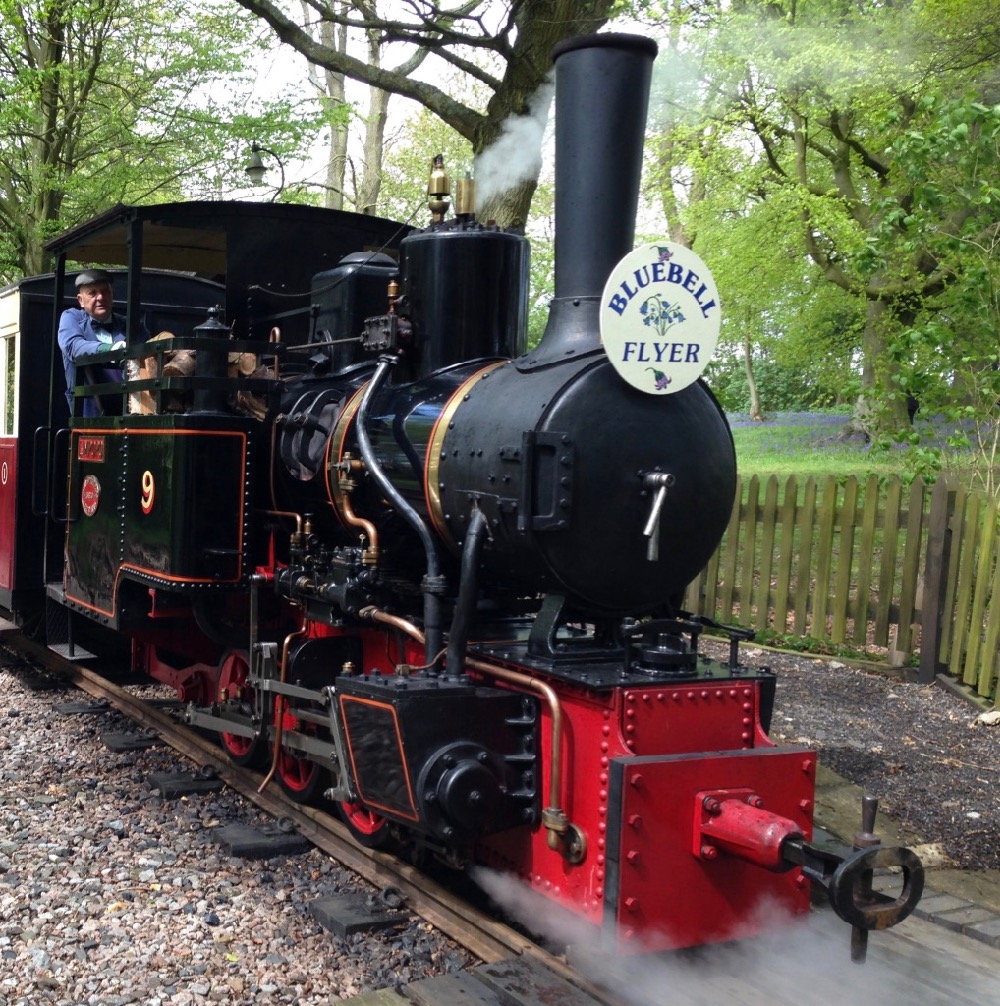
The Sena Sugar Estates in Mozambique extended over a vast area and employed tens of thousands of workers. One of the first sugar mills was at Mopeia and had an unusually small gauge railway of 50cm (1 foot 7 5/8 inches) and was used to transport cane from the fields to the mill.
A number of steam locomotives were ordered from John Fowler of Leeds and the first was delivered in 1898. At least six others followed, this locomotive being the fourth. No. 10 is an 0-4-2 tank built in 1912. Works No. 13573. Some of these locomotives were eventually transferred to another mill at Marromeu where they were re-gauged to 60cm (2 foot) but our loco stayed at Mopeia where it worked until about 1965. As can be seen from the large bunker in front of the cab ‘Zambezi’ burns wood and not coal. In addition to the usual injectors for feeding water into the boiler ‘Zambezi’ has a steam pump which can be seen mounted on the front left hand side of the smokebox.
The Sena Sugar Estate mills and plantations were destroyed during the civil war in Mozambique in the l970s. No.10 came to the BWLR with ‘Limpopo’ in 1998 and required re-gauging and a new boiler before returning to service in 2011.
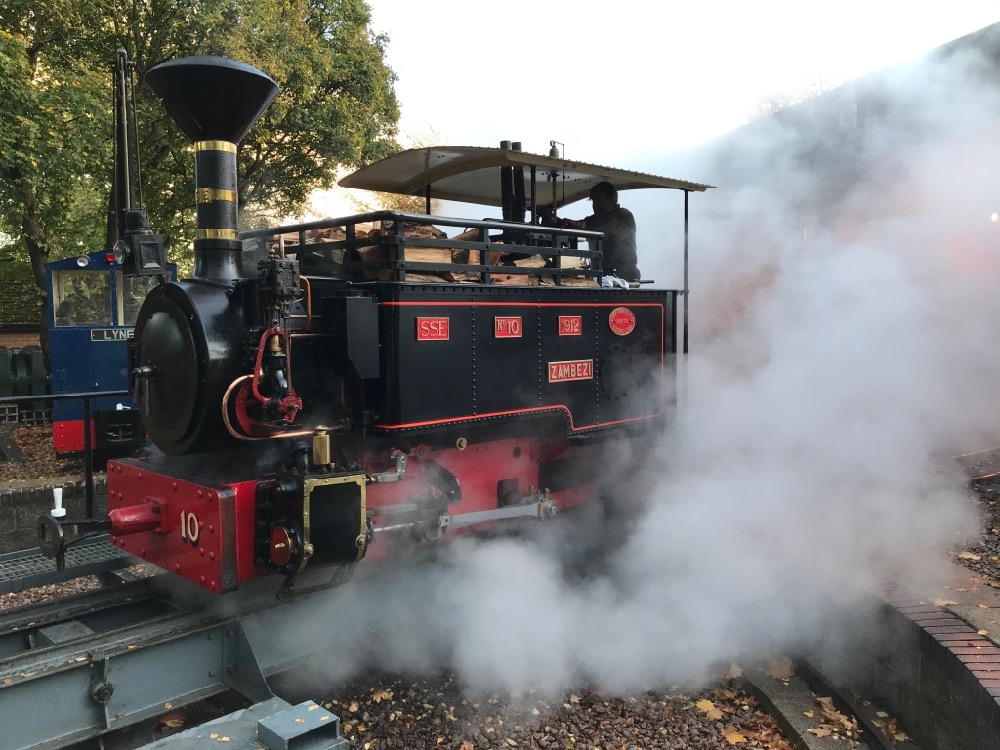
V11 was one of six locomotives built by John Fowler, Leeds (works no. 15513) in 1920 for the Sena Sugar Estates system in Mozambique. After having spent it’s entire working life on the Sena system however, the Sena Sugar Estate mills and plantations were destroyed during the civil war in Mozambique in the 1970s and it then spent a period lying derelict. Around 1995 several locomotives were brought back to the UK. 15513 was subsequently purchased by a West Lancashire Light Railway member and arrived at Statfold railway in 2000. After several years stored dismantled in a container, restoration finally commenced in the early 2010s with a return to traffic in June 2023. Faithfully restored to “as delivered” or very close, it now has improved brakes! It now spends most of its time here at Bredgar although most years it visits other railways around the country. 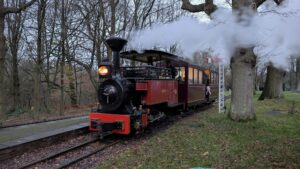
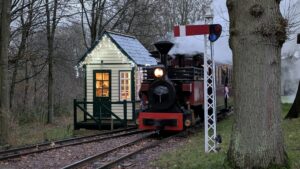
Photos : V11 arriving at Warren Wood Station pulling Christmas special
December 7th 2024 at dusk
